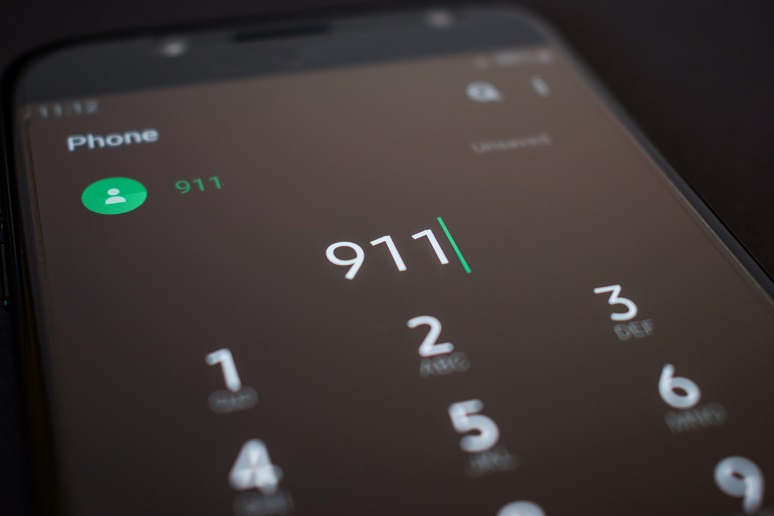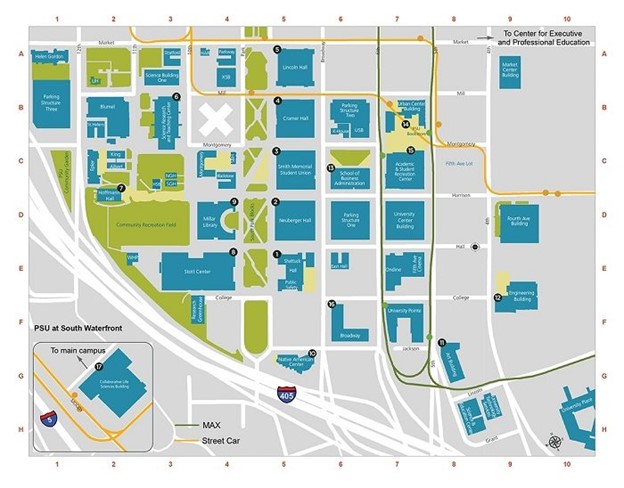The following definition of RAY BAUM’s Act is extremely important to understand; RAY BAUM’s Act requires that “dispatchable location information is conveyed with 911 calls, regardless of the technology used, so that 911 call centers will receive the caller’s location automatically and can dispatch responders quickly and accurately locate the caller.” Dispatch location information includes “the street address of the calling party, and additional information such as room number, floor number, or similar information necessary to adequately identify the location of the calling party.” The dispatchable location needs to be quickly identifiable by first responders — and may include things like: vanity building names, floors, geographic quadrants, building/floor signage, meet-me-doors, and gurney-capable elevators.
So how do enterprises provide a dispatchable location to the local emergency call center (ECC)? There are a number of steps that provide guidance and accountability that give high-quality dispatchable information to the first responders.
The first step is to have current floor plans of your location that can be put into a PDF format. The overall example shown below of a campus environment provides first responders the ability with a single address but providing the building name and then getting more granular with the building floor plan which provides room number, floor number or having the floor divided into quadrants allows those responders the ability get to the exact location without having to check every room and floor of a building. This provides flexibility in identifying what type of information is going to work best for your organization.
A 911 call made from building #6, but the single address is given to building #2.
Meet with your organizational stakeholders to determine what and how the information will be formatted and delivered to the ECC. Make sure you have a system platform that will provide the information required. Develop some sample location description by using either a quadrant of the floor, a specific room number, keeping in mind that in different ECC’s in different counties and states will have a character limit of displayed dispatchable location information associated with the telephone number presented to the ECC operator.
Thirdly, set up an appointment with the local ECC, fire department, and police department and share the sample information you have developed. See what information these groups and departments find the most useful, so you have their buy-in going forward. It is important to make sure these agencies can receive the floor plan information as they may want it in a different format like CAD or Rivet. Provide them with what they want to avoid any confusion.
Once you have determined the format from your meetings with first responders you need to meet with your local service provider and make sure that your communication system can provide that format out from your communication system. If not, then you may need a third-party application/service that can meet or exceed those requirements. This application/service provider will also maintain your 911 database going forward. The ability to provide telephone numbers to the ECC is also a principal element in providing a dispatcher the ability to try and call back that specific location if necessary.
It is especially important that you provide notification to dedicated staff members within your organization all the same information that the first responders receive with the 9-1-1 call. These members can be on-site or remote workers.
Before going live with your current or new system solution, test your solution. This testing can be scheduled with your local ECC operations manager, and your third-party provider, such as Bandwidth, E911-Inform, Red Sky, or Intrado.
As you can see, there are many factors to ensure an enterprise is providing dispatchable location information and working with the local ECC agencies involved in providing those vital 911 services takes time to develop and build a platform that all the agencies can understand and work within the field. Once you have built a database based on the parameters from your specific ECC, maintaining it will become an easier endeavor going forward.
In addition, supplying accurate floor plans that can be made available to the local ECC and first responders will enhance the quality of and accuracy in getting those agencies to the correct location within your building or campus environment.
Lastly, the provisioning of Notification to dedicated staff members which could reside on site or remotely allows your organization to react to all 911 calls made from your organization no matter where that location may be.
All of these critically important steps can be accomplished while using an independent consultant that has the expert knowledge of all these processes and can partner with your organization in accomplishing the safety and security of staff, students and visitors to your organization.
Mike is writing on behalf of the SCTC, a premier professional organization for independent consultants. SCTC consultant members are leaders in the industry, able to provide best of breed professional services in a wide array of technologies. Every consultant member commits annually to a strict Code of Ethics, ensuring they work for the client benefit only and do not receive financial compensation from vendors and service providers.











